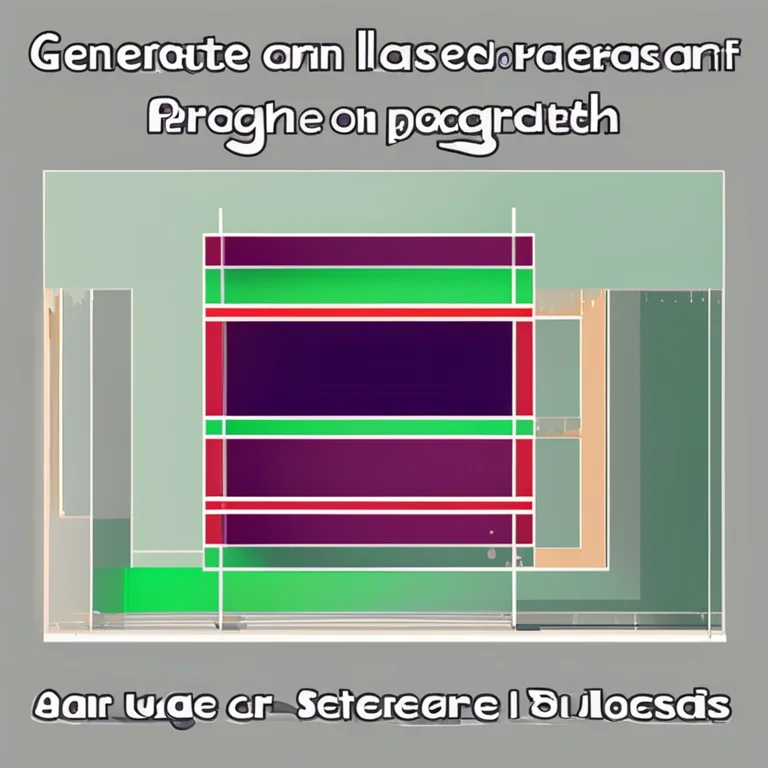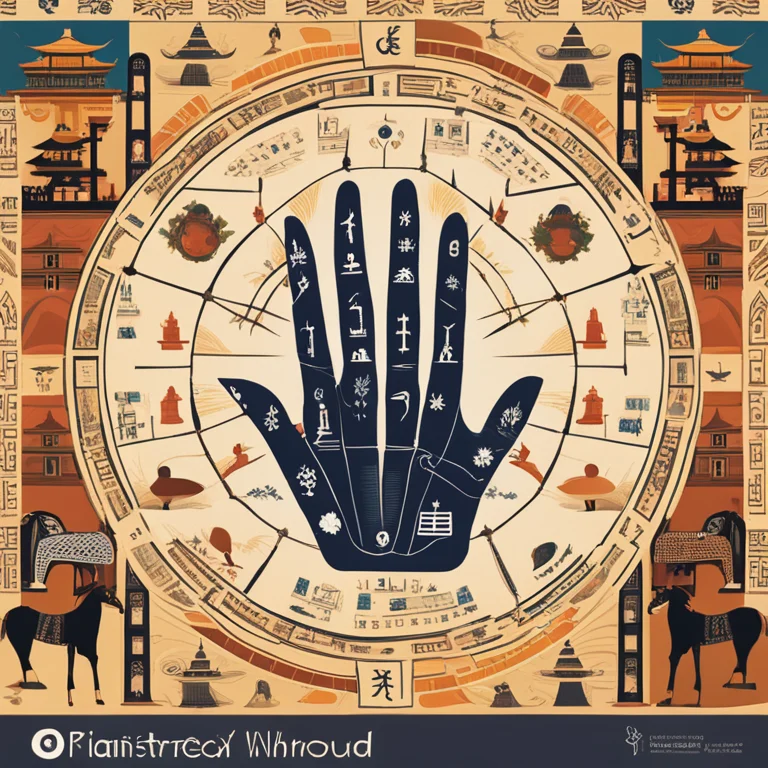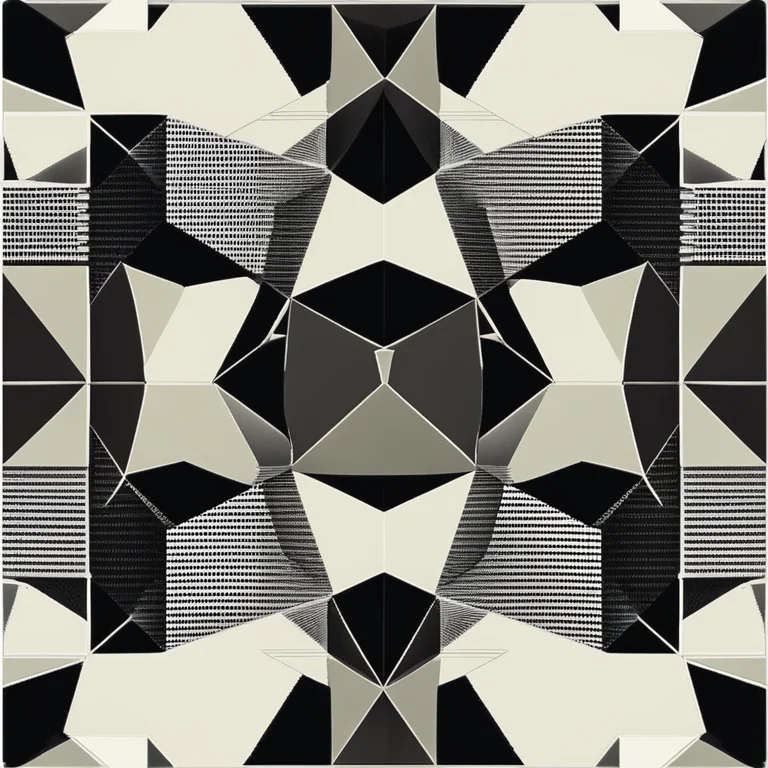
The Origins of Palmistry: Tracing The Roots
Tracing the roots of palmistry, this article delves into its ancient beginnings and historical journey across cultures.
article by Nora Pennington
Palmistry's Ancient Beginnings
Palmistry, also known as chiromancy or palm reading, is an ancient practice that has intrigued humans for millennia. Historically, its origins can be traced back to ancient India. From there, it found its way through the cultural exchanges with the civilizations of China, Tibet, Persia, Egypt, and Greece. In India, palmistry was deeply intertwined with Hindu astrology and was mentioned in the Vedas, the earliest sacred texts. The art was practiced in conjunction with horological systems, which expressed a belief in the interconnectivity of the universe and the individual.

Palmistry's Spread Across Cultures
As the practice diffused from India, it took on different forms and interpretations. In China, it became associated with Taoism and I Ching, emphasizing the concept of balance. The Greeks, with their profound interest in the human psyche, adopted palmistry through the works of scholars like Anaxagoras and Aristotle. His writings suggest that Aristotle found a detailed treatise on palmistry on an altar to the god Hermes, which helped spread the practice to broader audiences. The Greeks emphasized character and intelligence indicators found in the lines of the hands.

The Middle Ages and Palmistry
During the Middle Ages in Europe, palmistry underwent a period of occult darkness, associated with witchcraft and forbidden practices. Despite the stigma, the art persisted through secretive circles and eventually saw a renaissance during the late medieval period. As the Renaissance celebrated humanism and scientific inquiry, palmistry was studied once again, often among the upper classes, as a way to explore personality and destiny.

Modern Evolution of Palmistry
In the 19th and 20th centuries, palmistry experienced another pivotal transformation as it began to integrate with modern psychological concepts. Figures like Carl Jung saw the potential for palmistry to provide insight into the subconscious. The 20th century also saw a surge of interest in esoteric and mystical arts, which included palmistry. This period created a diversity in the methods and approaches to the readings of palms, influenced by contemporary spiritualism and psychological thought.

Palmistry Today
Today, palmistry is part of a larger New Age movement, often related to spiritual and self-help practices. The digital age has further transformed palmistry, making it accessible through online readings and apps dedicated to the craft. While skeptics remain, there is a growing community of enthusiasts who appreciate palmistry for its symbolic and interpretative value, as well as its historical mysteries. With the sheer variety of cultural influences it possesses, palmistry continues to fascinate and evolve, even as we step into the future with newer understandings of the human condition.
Published: 1/11/2024
Modified: 1/12/2024
More predictions
Come back here soon to learn more about yourself and your future


Guide to Palm Reading: Lines and Interpretations
Discover the ancient art of palmistry with our concise guide to reading palms and understanding their meaning for life and personality insights.


Jupiter Mount & Palmistry:Exploring The Significance
Delve into the secrets of the Jupiter mount on your palm and discover how it reflects your leadership and ambition.


The Impact of the Jupiter Mount in Palmistry
Discover the impact of the Jupiter Mount on your life through palm reading. Learn about its meaning and significance in palmistry.